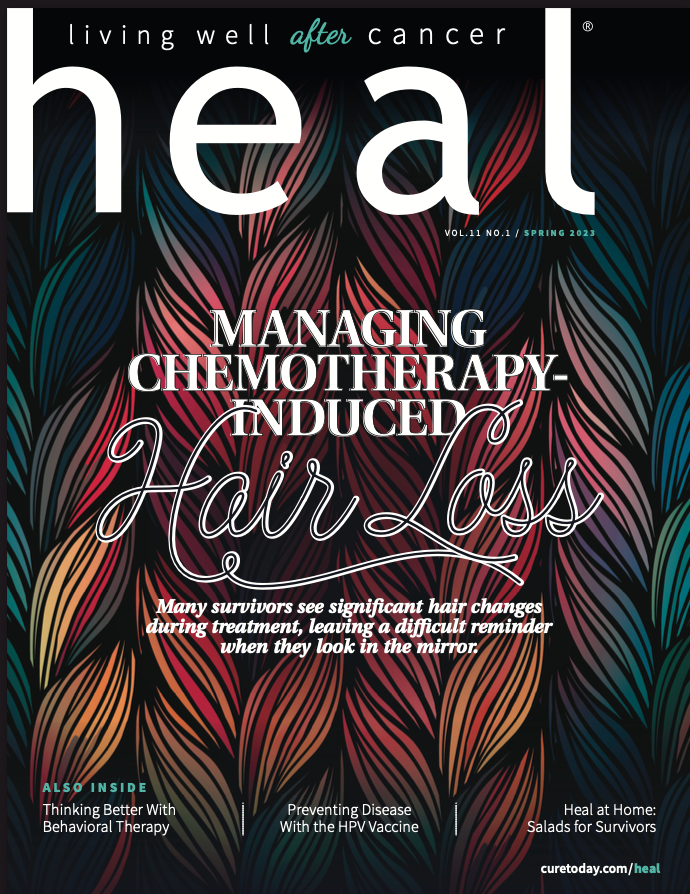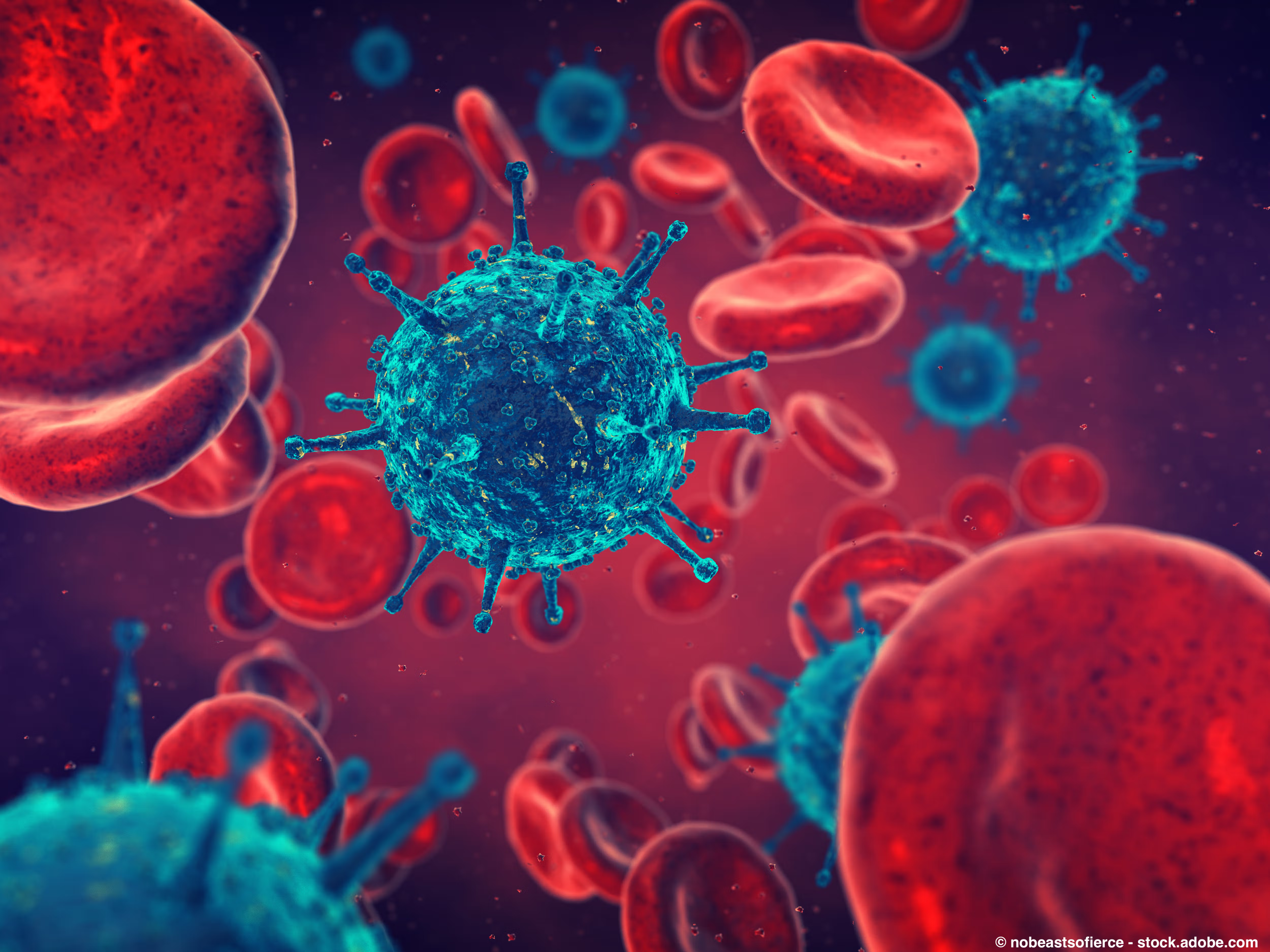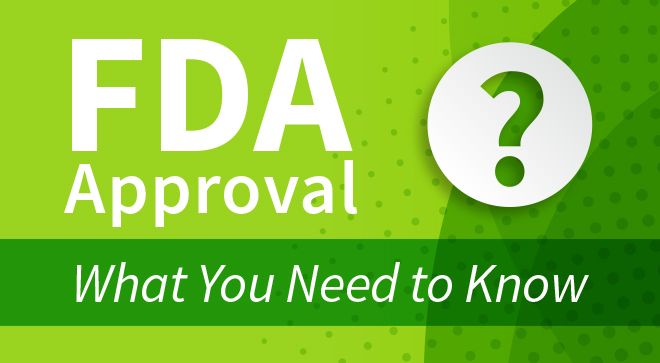Publication
Article
Heal
Facing Cancer's External Side Effects
Author(s):
Surviving cancer can impact one’s health in many ways, but the cosmetic changes people face after cancer treatment can be difficult to grapple with. Some doctors don’t address these changes once disease is in remission,
or patients struggle with feelings of shame or vanity for worrying about their looks after months or years of worrying about living through treatment.
In this issue of Heal®, we hear from patients about their experiences with losing their hair and the changes they’ve seen during regrowth, as well as the possible options patients and survivors have to preserve hair through chemotherapy.
A new space to be explored is the addition of an oncodermatologist, or a dermatologist specializing in treating patients with cancer. Maintaining hair texture and thickness begins with the scalp, which dermatologists are uniquely qualified to advise patients on.
The psychological effects of cancer altering one’s physical appearance may also be tied to functional changes after surgery, especially so in survivors of head-and-neck cancers. These survivors have clear cosmetic changes to their faces, but body image distress includes the impact cancer has on talking, eating and making facial expressions as well. We speak to a biobehavioral specialist and a head and neck surgeon about the advances made in addressing lasting body image distress in survivors.
In our survivor spotlight, we also see how the effects of breast cancer surgery helped celebrity host Samantha Harris make a change in the opposite direction, where life after treatment reoriented her motivation to exercise from achieving aesthetic outcomes to cultivating a healthier body and mind.
However survivorship may have affected your appearance or your relationship with it, we hope this issue provides you with a new perspective on embracing your post-cancer body.
For more news on cancer updates, research and education, don’t forget to subscribe to CURE®’s newsletters here.





